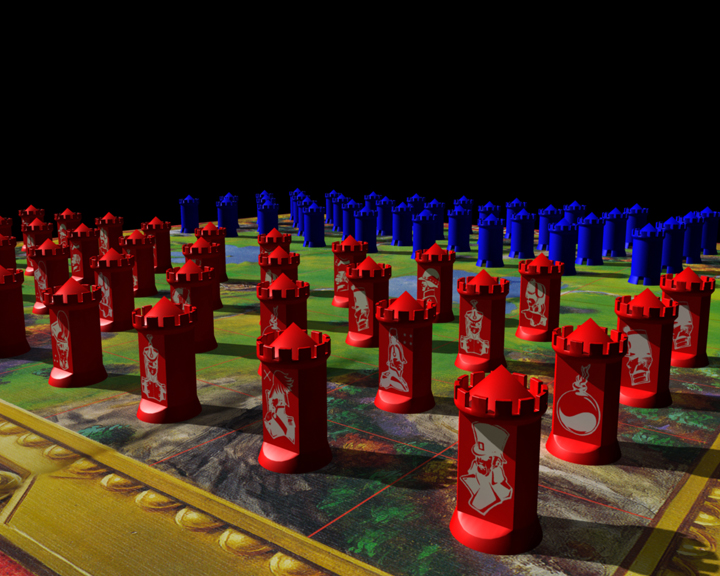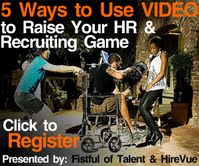#SHRM12 Session Preview: Is Social Recruiting Really Working?
Dispatch #2 from the SHRM Annual Conference and Exposition in Atlanta, Georgia, where the coffee, bus, and bathroom lines remain long, the temperatures remain hot, and a drop-in to Atlanta from President Obama threatens to muck up travel plans for many a conference-goer.
Today's effort is a bit of shameless self-promotion for 'Is Social Recruiting Really Working?', the panel discussion I will be moderating at the big show, tomorrow, Wednesday June 27 at 11:30.
The session features a stellar panel consisting of Glassdoor.com CEO, Robert Hohman, industry analyst and legend John Sumser, and Jeremy Langhans, who leads Global Brand and Talent Attraction for Expedia.
In the session, the panel will walk through some basic, fundamental issues and questions surrounding social media and social recruiting and challenge the audience to think a little past the hype, buzzwords, and confusion to try and get to the reality of what social recruiting is today, whether or not it is truly being effective for recruiting in the real world, and what the future might hold for social media in recruiting.
The slides with the questions we plan to ask and discuss are included below, but certainly the slides themselves don't offer much in the way of answers, you'll have to come and see us on Wednesday, June 27 at 11:30.
Many thanks to the entire team at Glassdoor.com for all the fantastic work helping to organize this session and for asking me to participate.
See you at the session!

 Steve
Steve



